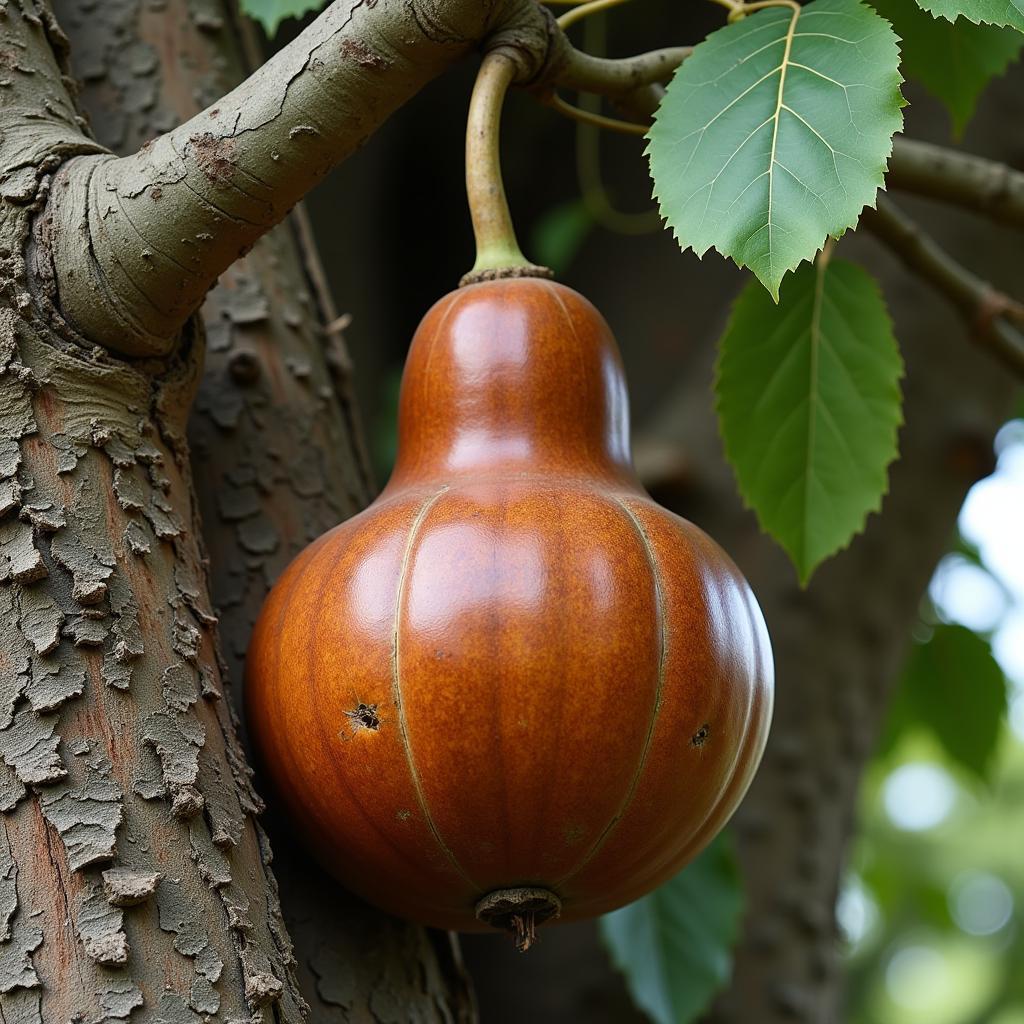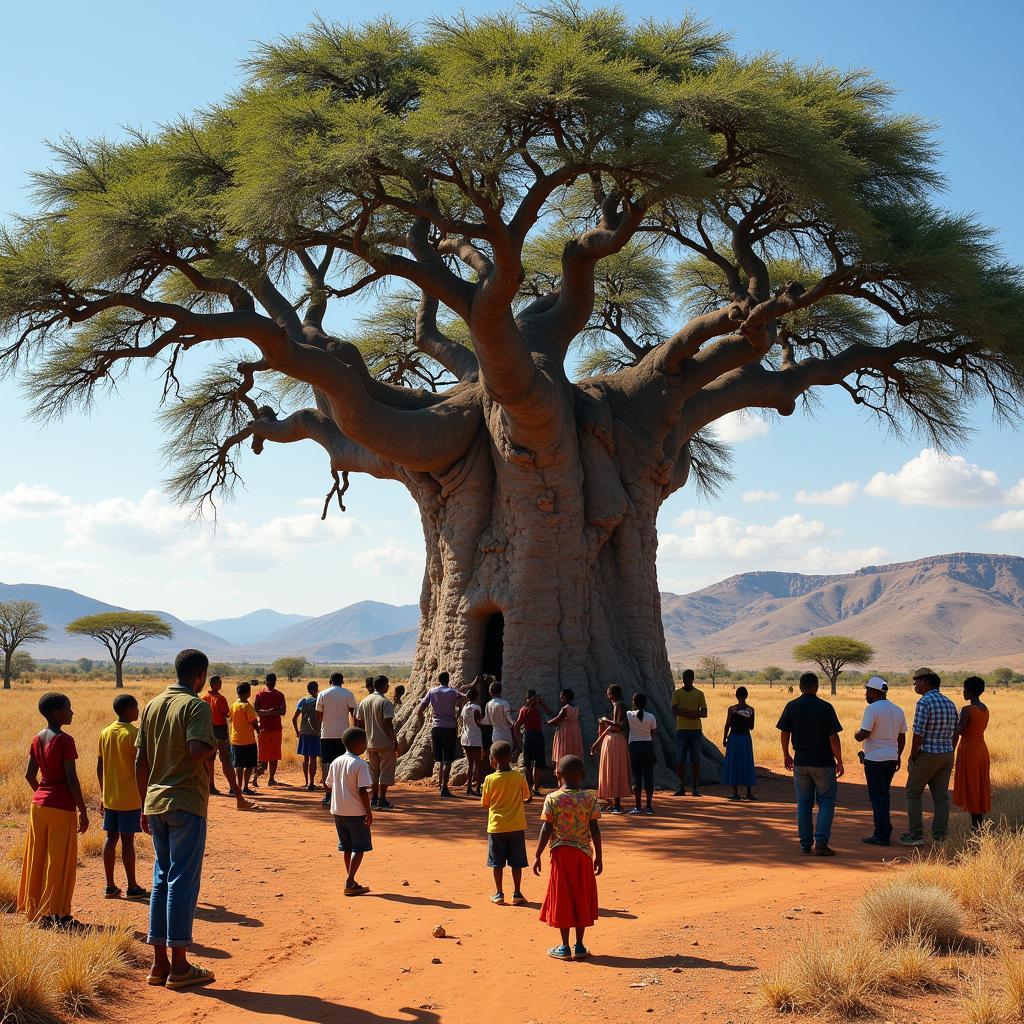The African Baobab Tree: A Symbol of Life and Resilience
The African baobab tree, often referred to as the “Tree of Life,” is an iconic symbol of the African landscape. Instantly recognizable with its massive trunk and unusual silhouette, the baobab is a botanical marvel that has captured the imagination of people around the world. But there’s more to this tree than just its striking appearance. For centuries, the baobab has played a vital role in the lives of African communities, providing sustenance, medicine, and even shelter.
A Tree of Many Names and Legends
The African baobab, scientifically known as Adansonia digitata, is a species of tree native to the African continent. Its range extends across the dry, hot savannas of sub-Saharan Africa, where it thrives in arid conditions. Known by various names like “upside-down tree” due to its branch formation resembling roots, or “monkey bread tree” for its edible fruit enjoyed by animals, the baobab holds deep cultural and spiritual significance in many African cultures. It’s often found near villages, serving as a gathering place for meetings, storytelling, and community events. The baobab features prominently in African folklore and mythology, often symbolizing wisdom, strength, and longevity.
 Close-up of baobab fruit, leaves, and bark
Close-up of baobab fruit, leaves, and bark
Unlocking the Secrets of the Baobab: Uses and Benefits
The baobab is a true testament to the ingenuity of nature. Nearly every part of this remarkable tree serves a purpose, offering a diverse range of uses:
- Food Source: Baobab fruit, with its tangy pulp, is rich in Vitamin C, antioxidants, and several essential minerals. It can be eaten fresh or dried and ground into a powder for use in beverages, porridges, and other recipes.
- Medicinal Properties: For generations, traditional African medicine has utilized various parts of the baobab tree. Its leaves, bark, and roots possess anti-inflammatory, antimicrobial, and analgesic properties. They are used to treat a wide array of ailments, from fevers and malaria to digestive issues and skin conditions.
- Building Material: The strong, fibrous bark of the baobab is used for rope-making, baskets, mats, and even clothing. The hollowed-out trunks of older trees, some large enough to accommodate people, have been utilized as shelters, storage spaces, and even makeshift prisons.
- Ecological Importance: Baobab trees play a crucial role in their ecosystems. Their flowers attract pollinators like bats and insects, while their fruit provides food for animals like baboons and elephants. The trees also help to improve soil fertility.
The Baobab Tree and the Future
Despite its resilience, the African baobab tree is facing increasing threats, including climate change, deforestation, and over-exploitation. Several ancient and iconic baobab specimens have died in recent years, highlighting the urgent need for conservation efforts.
 Community gathering under a large baobab tree
Community gathering under a large baobab tree
Protecting the baobab means preserving not just a tree, but an integral part of African heritage, culture, and biodiversity. Sustainable harvesting practices, reforestation initiatives, and raising awareness about the baobab’s importance are crucial steps toward ensuring the survival of this extraordinary tree for generations to come.